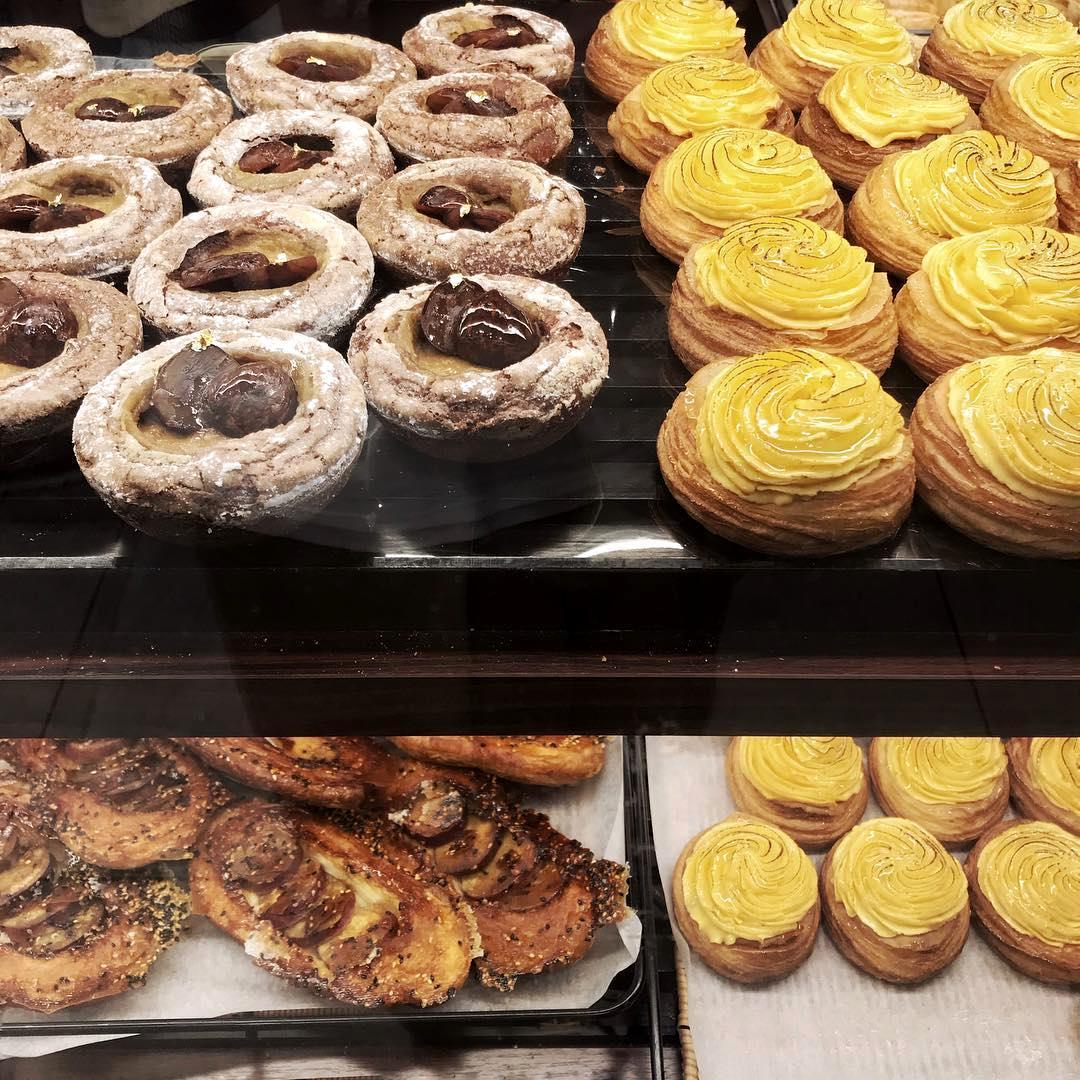What Foods Contain High Amounts Of Trans Fats?
Trans fats are modified artificially produced molecules present in margarine and refined oil, as well as in the composition of products and dishes containing these ingredients, ranging from convenience foods, to ice cream.
It is unpleasant, but much of what we used to consume every day is harmful. Moreover, it is very harmful. But forewarned is forearmed. Let’s try to find out more.
For reference: where did the dangerous trans fats come from?
Vegetable fats have long been known to mankind. They are the sources of essential Omega-3 and Omega-6, vital for our health. But such products were characterized by too little shelf life, which ultimately was considered unprofitable for many manufacturers, food giants.
Further, a new method of creating a modern, “improved” vegetable fat, characterized by long shelf life was invented. This is how trans fats appeared – a specific type of unsaturated fats produced artificially.

Margarine Trans Fat
Modern food industry is completely dependent on trans fats – they are cheap, tasteless and have a long shelf life, therefore, food enterprises do not react to the WHO recommendations to completely exclude them from the composition of products.
Harmful effects on health:
Trans Fat: Food List
Now we know how dangerous and harmful it is. It’s time to go to the most interesting – in which products contain trans fats.
Forced to upset you, but it is not only the above-mentioned cooking oils and margarine. In fact, this list is much larger. Currently this is:

Transfat Cake
It is dangerous for a person to regularly consume 3 to 4 grams of trans fat per day. Researches were carried out repeatedly. Many with the participation of the Harvard School of Public Health.

Sweets Without Trans Fat
How to protect against the negative effects of trans fat?
Now we know where the trans fats are. But the list of products can be expanded.
Intending to buy some sauce, waffles, crackers or cookies in the store, carefully read the ingredients on the package. Seeing the words “hydrogenated”, or “partially hydrogenated”, “saturated fat”, be alert. This product is better not to take.
But do not rush to rejoice. Manufacturers today are adapting as they can, so do not expect honesty from them. They are not very willing to indicate in the composition of such ingredients and mask the already known to us trans fats under:
It is impossible to find a person who has never tasted trans fat. Each of us at least once, but consumed this dangerous product. For example, in store baking (if you do not eat margarine, this does not mean that you are safe).
And to protect yourself in the future, follow the simple guidelines: